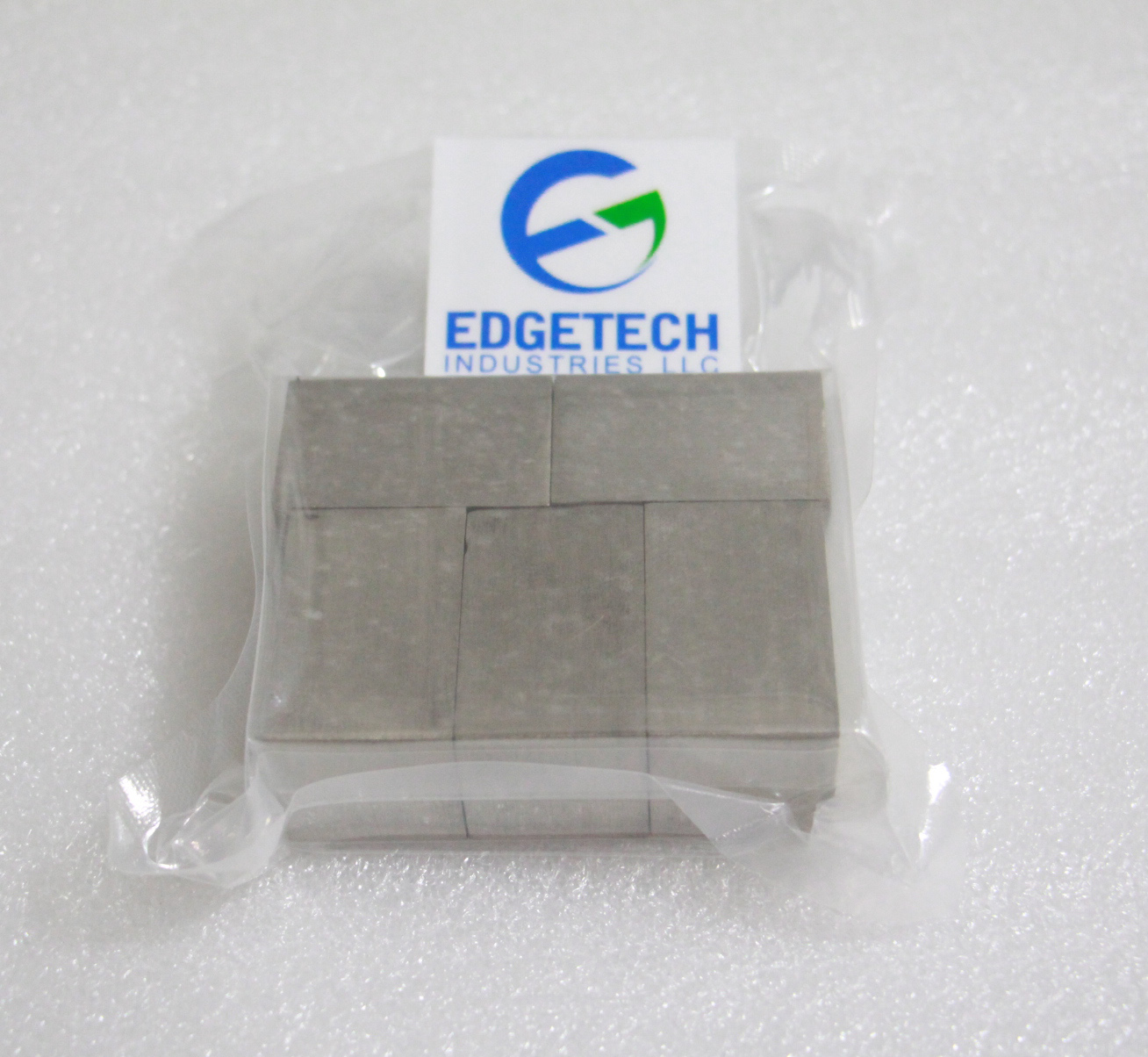
Rare earth metals as additives to magnesium, aluminum and their alloys, the first thing to consider is their density. The density depends on the relative atomic mass, atomic radius, and crystal structure of the rare earth metal. All rare earth metals have a close-packed hexagonal structure except for Europium, so their density depends on their relative atomic mass and atomic radius. Because of its small atomic weight, Scandium has a density of 2.989g/cm3, which is the smallest of all rare earth metals. It is approximately 70% higher than the density of magnesium (1.741 g/cm3) and approximately 10% higher than aluminum (2.7g/cm3). The density of Yttrium is 4.46g/cm3, which is larger than that of Scandium, but it has a smaller atomic weight than that of lanthanide, and is intermediate between scandium and lanthanide metals (from Lanthanum to Lutetium). Among all lanthanide metals, due to the shrinkage of the lanthanide series and the increase in atomic weight, their density generally increases with the increase of the atomic number, which increases by about 60% from Lanthanum to Lutetium. Europium and Ytterbium being exceptions, they have an unusually large atomic radius, and their density is smaller than that of their neighboring rare earth metals.
The rule that the melting point of lanthanide metals changes with atomic number is similar to the rule that the density of lanthanide metals increases with increasing atomic number, except for lanthanum metal. Starting from cerium, the melting point of lanthanide metals increases with increasing atomic number. The melting point from Cerium to Lutetium has increased by approximately 110%. However, this rule does not suitable for Europium and Ytterbium. The melting points of these two metals are lower than that of their neighboring rare earth metals. The melting point of yttrium is close to the middle value of the yttrium subgroup element. The melting point of Erbium is 1529°C, yttrium is 1522°C, and the melting point of scandium is 1541 ° C.
The melting heat and elastic modulus of lanthanide metals also show a similar law, which changes with the change of atomic number. The heat of fusion and the modulus of scandium and yttrium are within the limits of the yttrium subgroup element. However, there are cases that do not meet the above rules. The elastic modulus of Samarium is even lower than that of Promethium and Neodymium, and the heat of fusion of Europium is between of Promethium and Gadolinium. The explanations of these deviations can be attributed to the complex nature of the physical properties, they are caused by the different bonding forces between the atoms in the crystal structure. The specific heat of all rare earth metals is approximately the same. In short, all of these properties are related to the bonding forces between the atoms of the lanthanide crystal structure.
Rare earth metals have special properties due to their special electronic configuration. The 4f orbital electron's unique movements make the rare earth have different magnetic, optical, electrical and chemical properties than other elements. The spin and orbital motion of these electrons, the strong spin-orbit coupling effect, and the indirect interaction with the surrounding environment make the magnetic properties of rare earths different from those of group d transition elements such as iron, cobalt, and nickel. They have strong paramagnetic susceptibility, large magnetic saturation intensity, magnetic anisotropy, magnetostriction, magneto-optical rotation and large magnetic entropy effect, so that rare earths are widely used permanent magnet materials, magnetostrictive materials, magneto-optical materials, magnetic refrigeration materials.